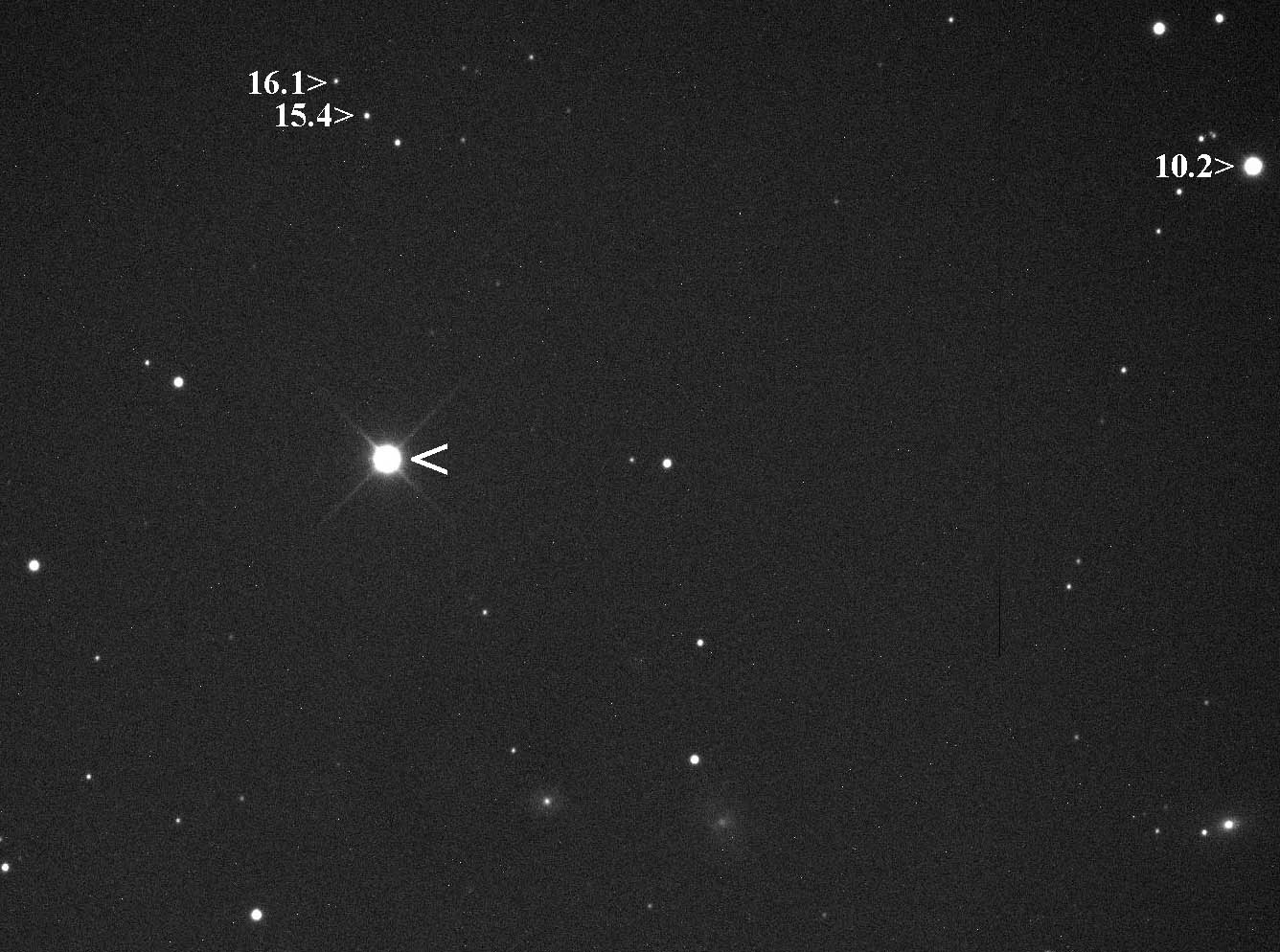List Of Novae In The Milky Way Galaxy on:
[Wikipedia]
[Google]
[Amazon]
This is a partial list of
discovered since 1612 This list attempts to include only the brighter or more notable novae. The

CBAT List of Novae in the Milky Way
{{Novae
nova
A nova (plural novae or novas) is a transient astronomical event that causes the sudden appearance of a bright, apparently "new" star (hence the name "nova", which is Latin for "new") that slowly fades over weeks or months. Causes of the dramati ...
e in the Milky Way
The Milky Way is the galaxy that includes our Solar System, with the name describing the galaxy's appearance from Earth: a hazy band of light seen in the night sky formed from stars that cannot be individually distinguished by the naked ey ...
galaxy that have been discovered and recorded since 1891. Novae are stars that undergo dramatic explosions, but unlike supernovae, these do not result in the destruction of the original star. The likely rate of novae in the Milky Way is about 40 per year,Prialnik, Dina. "Novae", pp. 1846-56, in Paul Murdin, ed. ''Encyclopedia of Astronomy and Astrophysics.'' London: Institute of Physics Publishing Ltd and Nature Publishing Group, 2001. but of these only about 10 per year are discovered by observers as of the 2000s (decade).CBAT List of Novae in the Milky Waydiscovered since 1612 This list attempts to include only the brighter or more notable novae. The
Central Bureau for Astronomical Telegrams
The Central Bureau for Astronomical Telegrams (CBAT) is the official international clearing house for information relating to transient astronomical events.
The CBAT collects and distributes information on comets, natural satellites, novae, su ...
(CBAT) maintains a more complete list of novae in the Milky Way since 1612.
For a list of novae in individual years, see instead: novae in 2018, novae in 2019.
Nomenclature
Novae are initially designated via a "Nova enitive form of constellation nameear of discovery
An ear is the organ that enables hearing and, in mammals, body balance using the vestibular system. In mammals, the ear is usually described as having three parts—the outer ear, the middle ear and the inner ear. The outer ear consists ...
format, e.g. "Nova Cygni 1974" and "Nova Scorpii 2010". An official permanent name is usually soon assigned by the General Catalog of Variable Stars using the GCVS format for the naming of variable stars. When more than one nova is discovered in a constellation in one year, a numeric suffix is appended; hence "Nova Sagittarii 2011 #2", "Nova Sagitarii 2011 #3", etc.

See also
* List of supernovae *Variable star
A variable star is a star whose brightness as seen from Earth (its apparent magnitude) changes with time. This variation may be caused by a change in emitted light or by something partly blocking the light, so variable stars are classified as e ...
Notes
References
External links
CBAT List of Novae in the Milky Way
{{Novae
Milky Way
The Milky Way is the galaxy that includes our Solar System, with the name describing the galaxy's appearance from Earth: a hazy band of light seen in the night sky formed from stars that cannot be individually distinguished by the naked ey ...
Milky Way
Novae in the Milky Way
Novae
A nova (plural novae or novas) is a transient astronomical event that causes the sudden appearance of a bright, apparently "new" star (hence the name "nova", which is Latin for "new") that slowly fades over weeks or months. Causes of the dramati ...